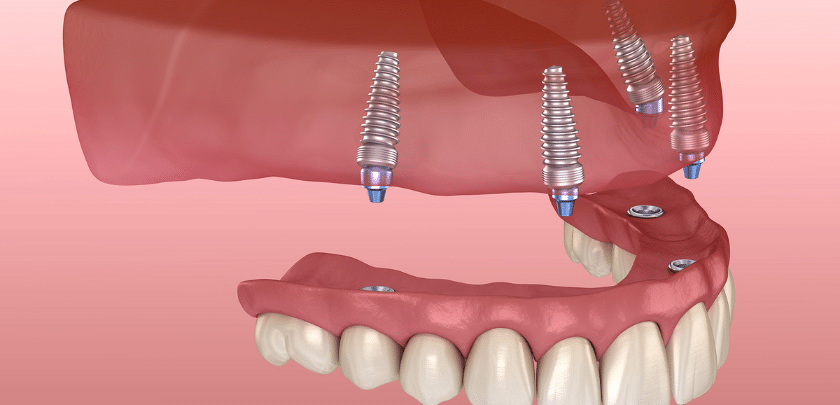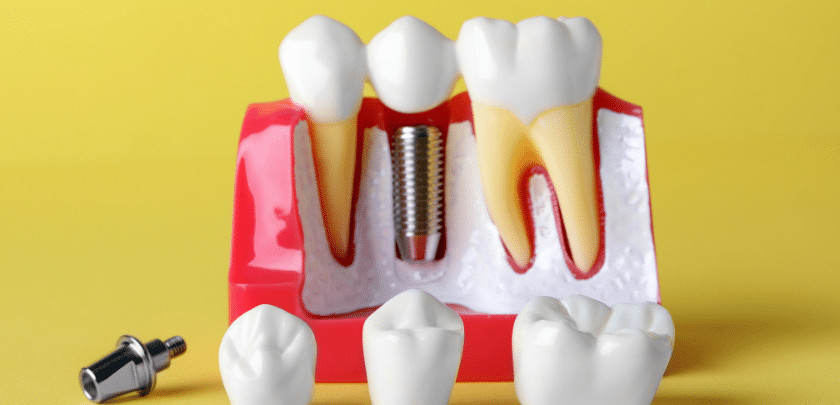
Embarking on getting a dental implant can seem daunting at first. It’s a process that requires not only a financial commitment but also a commitment of time and patience. However, understanding the procedure steps can help demystify the process and set your mind at ease. This comprehensive guide will walk you through each stage of the dental implant procedure, ensuring you know what to expect from consultation to the final placement.
Introduction to Dental Implants
Dental implants are a popular and effective way to replace missing teeth. Unlike dentures or bridges, which rest on top of the gums, dental implants are anchored into the jawbone, providing a stable and permanent solution for tooth loss. They consist of a titanium post (the actual implant), which replaces the tooth root, a connector or abutment, and the final crown, the only part visible above the gum line.
Initial Consultation and Planning
Step 1: Comprehensive Dental Examination
The first step in the dental implant process is an in-depth consultation with your dentist or oral surgeon. This appointment typically involves a thorough examination of your mouth, including X-rays or CT scans, to assess your oral health and jawbone density. The goal is to determine if you are a good candidate for dental implants and to create a personalized treatment plan.
Step 2: Treatment Plan Development
Based on the findings from your examination, your dental professional will develop a customized treatment plan. This plan considers factors such as the number of teeth needing replacement and the condition of your jawbone. You may require a bone graft before proceeding with the implant if you have insufficient bone density.
Pre-Surgical Preparations
Step 3: Bone Grafting (If Necessary)
If your jawbone isn’t thick enough or too soft, you might need bone grafting before dental implant surgery. This process involves transplanting a piece of bone from another part of your body or using a particular bone grafting material to provide a solid base for the implant.
Step 4: Preparing for Surgery
Your dentist will schedule the surgery once your jawbone is deemed ready for the implant. Preparation for the procedure may include instructions on eating, drinking, and taking medications. In some cases, antibiotics are prescribed to prevent infection.
The Dental Implant Procedure
Step 5: The Implantation
The actual implantation process involves several steps. First, the surgical site is numbed with local anaesthesia. Then, an incision is made in your gum to expose the bone. A hole is drilled into the bone, where the titanium implant post is inserted. This post will serve as the new “root” for your artificial tooth. After placing the post, the gum is sutured closed over the implant.
Step 6: Osseointegration
Following the placement of the implant, a period called osseointegration begins, where the jawbone grows into and unites with the surface of the dental implant. This process, which can take several months, helps provide a solid foundation for your new artificial tooth.
Post-Implantation Steps
Step 7: Abutment Placement
Once osseointegration is complete, you’ll need another minor surgery to place the abutment, the piece where the crown will eventually attach. This procedure is less invasive and can often be performed with local anaesthesia.
Step 8: Choosing Your New Tooth
After your gums heal, it’s time to decide about your new artificial tooth (or teeth). You and your dentist will discuss the best size, shape, colour, and fit for your new tooth, ensuring it blends seamlessly with your natural teeth.
Step 9: Attachment of the New Tooth
Once your abutment is in place and your gums have healed, it’s time to attach the new tooth. The new tooth can be permanently attached or removable, depending on your specific case.
Recovery and Aftercare
Recovering from dental implant surgery varies from person to person, but it generally involves a short period of swelling, bruising, and minor discomfort. Your dental team will provide detailed aftercare instructions, which may include dietary restrictions, oral hygiene practices, and follow-up appointments to monitor your healing and the integration of the implant.
While getting a dental implant can be lengthy, it’s a worthwhile investment in your oral health and quality of life. With a success rate of over 95%, dental implants are a reliable and long-lasting solution for tooth loss. By understanding the steps involved, you can confidently approach your dental implant procedure, knowing what to expect every step of the way. Remember, communication with your dental professional ensures a smooth process and a successful outcome.



